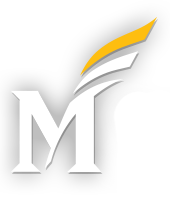Every month we have an open meeting that anyone is welcome to attend. (Email us at langdoc@gmu.edu for the information!) After these meetings, an RA will summarize the information and post it here to show what we discussed!
At our last open meeting on September 30th we discussed the difference between language documentation and language description. The two are considered different endeavors in the world of linguistics. Documentation seeks to record and collect primary sources and pieces of data; this includes the collection, transcription, and translation of primary sources. Description is more low level, using that data to lead to grammar or descriptive analysis. While interrelated, they can have very different methodologies.
There are 2 different views in the context of documentation. The first is that it is any collection of primary data where notes are made available to others. The second is that it exists as collections of texts, with no goals in writing about a grammar or similar. As a field, however, language documentation, assumes that language is worth documenting, is informed by and dependent upon the work of many sub-disciplines, and sees the recording of primary data as a (if not the) main goal. Remember: documentation is data-driven.
Ideally, data should be in video format, though this is not always possible. The target is the communicative event as part of a larger sociological setting. Be sure not to exclude or relegate to a separate section things like language play or speaker commentary. Paradigms, numbers, etc. may need a separate section of lists. Data, translations, and commentary/metadata should all be included in the final documentation.
Some major issues include which data to collect, how to collect that data, how to protect the rights of speakers, and how to present, archive, or disseminate information. Some general questions to ask going forward in language documentation: What should we be focusing on? What should we be training our students in?
This post and the accompanying powerpoint include information from Himmelmann, Nikolaus. 1998. Documentary and descriptive linguistics and Linguistics 36, 161-195. Berlin: Mouton De Gruyter. Check our resources page for access to these documents.
